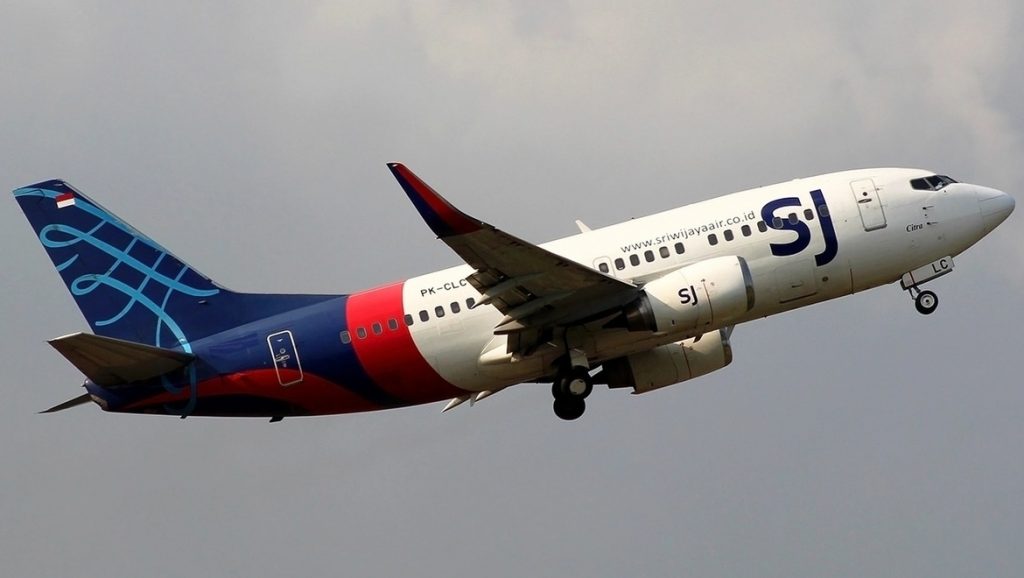
Indonesian investigators have flagged a potential pre-existing issue with the autothrottle system as a potential contributing factor to the Sriwijaya Air 737-500 crash earlier this month.
Flight SJ 182, a Boeing 737-500, crashed into the Java Sea just minutes after take-off from Jakarta on Saturday, 9 January 2021.
According to a Wall Street Journal report, information retrieved from the plane’s flight data recorder (FDR) showed that the autothrottle system – which automatically controls the aircraft’s engine power – was not operating properly on one of the plane’s engines, as it climbed after take-off from Jakarta.
Further, the FDR suggested that the pilots did not shut off the malfunctioning autothrottle system, and instead attempted to get the system to function, The Wall Street Journal report said, which could create significant differences in power between engines, making the jet harder to control.
The aircraft involved in the crash is said to have had issues with its autothrottle in the days leading up to the crash, according to Indonesian National Transportation Safety Committee (KNKT) investigator Nurcayho Utomo.
“There was a report of malfunction on the autothrottle a couple of days before to the technician in the maintenance log, but we do not know what kind of problem,” Utomo said.
He noted that it remains unclear whether a problem with the autothrottle system contributed to the crash, but stated it was the only notable issue raised on the maintenance log of the aircraft that he could recall.
He also noted that the throttle, and thus aircraft’s engine power, can be controlled manually by the pilots in the event of an autothrottle malfunction.
However, again, investigators reiterated that without the cockpit voice recorder (CVR) it is difficult to know exactly what caused the crash.
“If we find the CVR (cockpit voice recorder) we can hear the discussion between the pilots, what they talked about and we will know what is the problem,” Utomo said.
Last week, World of Aviation reported that divers had found the CVR’s casing, however authorities at the time stated they were still searching for the device’s memory unit.
Naval officer Abdul Rasyid told reporters that the device could contain vital information on the conversations and actions of the pilots in the minutes prior to the crash.
At the time, Rasyid said investigators were expecting to find the memory unit “within days”, however as of today, the unit is still yet to be located.
Utomo was unable to comment further, until an official preliminary report on the crash is published by the KNKT.
Said report is expected to be issued within 30 days of the crash, per international standards.












